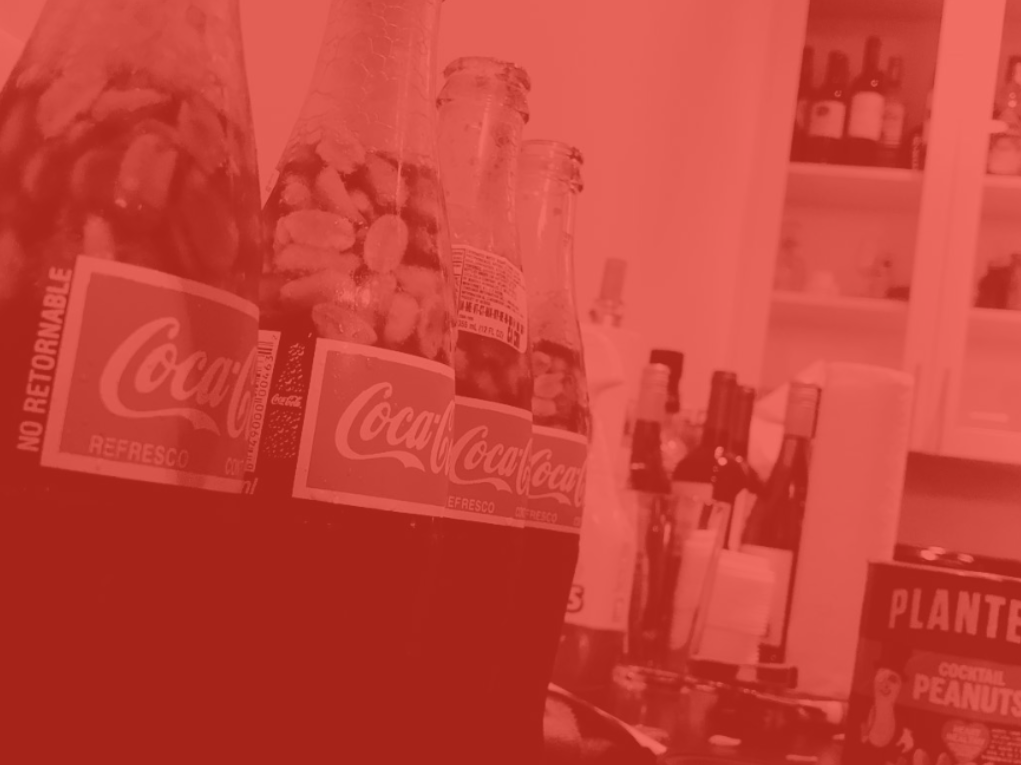
Branding is not a nicety, it’s a necessity.
It’s something every company can be intentional about creating and see significant results in every area of the enterprise.
Sadly, too many organizations do their branding haphazardly, belatedly, or worse yet, not at all. You can read me getting angry about this in my recent column from Metric Collective, and how branding is like cheating.
What might help alleviate this branding problem is a framework. An organized container into which the team can place the many nuances of their brand.
Today, we’re going to explore the framework that’s helped me in my branding work for nearly twenty years. I encourage you to steal it.
But first, a quick timeline of how this tool came to be.
For two decades, branding has been my obsession. It started in college with my little social experiment of wearing a nametag every day, which went viral without the help of the internet, social media or advertising. All of the sudden, everybody knew me as the nametag guy. It was fun, bizarre and friendly.
During those years, I also worked as a disc jockey and promotions director at our campus radio station, which taught me many other lessons about branding that my course curriculum never covered.
After graduation, branding slowly became my career. I devoted the next twenty years to creating my own brand as an entrepreneur, consulted with organizations on how to grow their brands; then actually helped build brands for clients of marketing agencies, and later did the same work for startups that employed me.
And somewhere along the way, I managed to find time to research, write and lecture about my learnings prolifically.
Anyway, that’s where all these ideas come from. And like any good branding tool, there are no guarantees and it’s extremely hard to measure.
But if you work at a company who is in dire need of getting your branded house in order, it might be a useful place to start.
Please note, there are two components to this exercise. First is your brand messaging framework. Think of it as a snapshot of who you are and what you do, why you do it. The second part is moving from development to deployment. Think of it as the outpost on which to hang your brand.
Here we go.
LEVE 1 — ENTERPRISE
Brand mission.
What is our organization’s reason for being?
Brand essence.
What is the one sentence that describes the soul of our brand?
Brand position.
How does our company intend the brand to be perceived by the marketplace?
Brand values.
What core values do we stand for as a company that help us connect with our client?
Brand vision.
If every client did exactly what we said and executed against all of the above, what would their businesses look like?
LEVEL 2 — PERSONAL
Brand voice.
What is the style, tone, intent and attitude of the way we communicate?
Brand triggers.
What is going through the client’s mind as they encounter our brand online?
Emotional benefit.
How does our service make our clients feel? What do we want them to feel as they go through the process of hiring us and becoming a client?
Immediate problems solved.
What are the immediate customer problems our service solves today?
Future problems solved.
What problems does our service solve in the future?
Lifetime problem solved.
What problems does our service solve over the client’s lifetime?
LEVEL 3 — ECONOMIC
Reasons to believe.
Why should our clients believe we can deliver the benefits of our promise? What are our fact based, results oriented numbers that speak to specific usage expectations and provide a convincing argument or proof of our service’s effectiveness?
Brand stakes.
What do companies miss out on if they don’t become our client?
Client insight.
What is the essential truth about the consumer? What makes them tick and how does our brand reflect that back to them in a relevant way?
LEVEL 4 — ASPIRATIONAL
Brand manifesto.
What do we really want to fight for and take a stand on? What is our clear and public declaration of purpose and intent? What would inspire clients, but also employees and partners that would attract future talent and make us more joinable?
# # #
That wraps up the brand messaging framework.
Once your team has successful completed it, next it’s time to think about where and how that brand will come to life. Remember, if you don’t deploy your brand across all channels, you’re missing the point. Consistency is far better than rare moments of greatness. Brands are shortcuts for your customers, and they should be able to take them at any touchpoint along the buyer journey.
Before we look at the list of various brand outposts, think of them as two different tracks.
Internal channels
Sales, client services and partner relationships
External channels
Culture, recruiting and marketing collateral.
Here’s every place (or most places) that your brand should come to life.
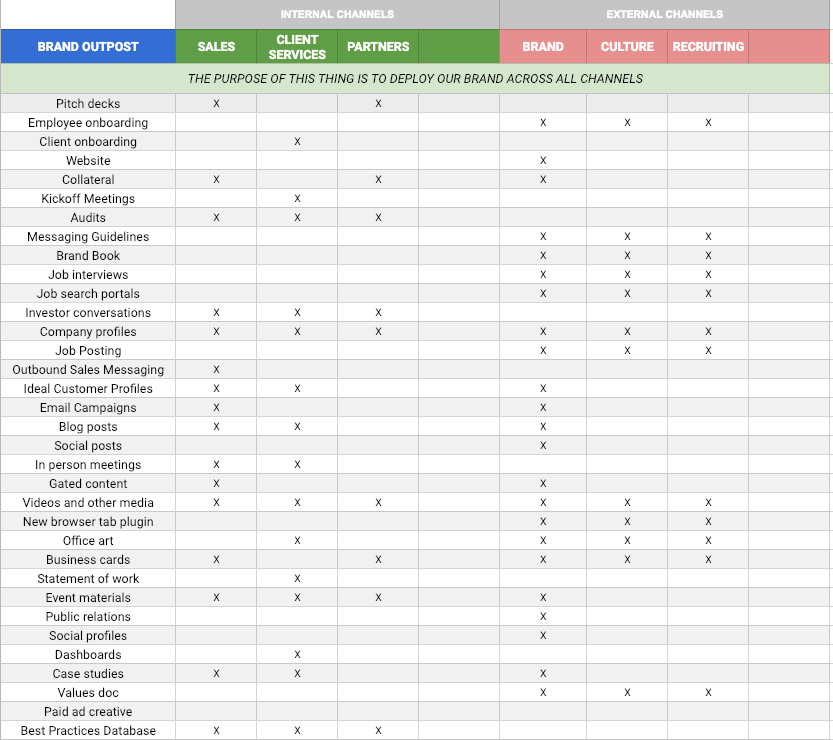
Pitch decks, employee onboarding, client onboarding, website, collateral, kickoff meetings, audits, messaging guidelines, brand book, job interviews, job search portals, investor conversations, company profiles, job postings, outbound sales messaging, ideal customer profiles, email campaigns, blog posts, social posts, in person meetings, gated content, videos and other media, office art, business cards, statement of work, event materials, public relations, social profiles, client dashboards, case studies, values materials, paid ad creative, best practices database.
There are probably many more. Allow this list of brand outposts to inspire your own.
With these two tools, your company should be able to build a brand foundation that will serve your company for years to come.
And when your brand starts to evolve and mature into its next iteration, you’ll be ready to update it with where the company wants to go next.
LET ME ASK YA THIS…
What brand is your company known for?
* * * *
Scott Ginsberg
That Guy with the Nametag
Author. Speaker. Strategist. Inventor. Filmmaker. Publisher. Songwriter.
[email protected]
www.nametagscott.com
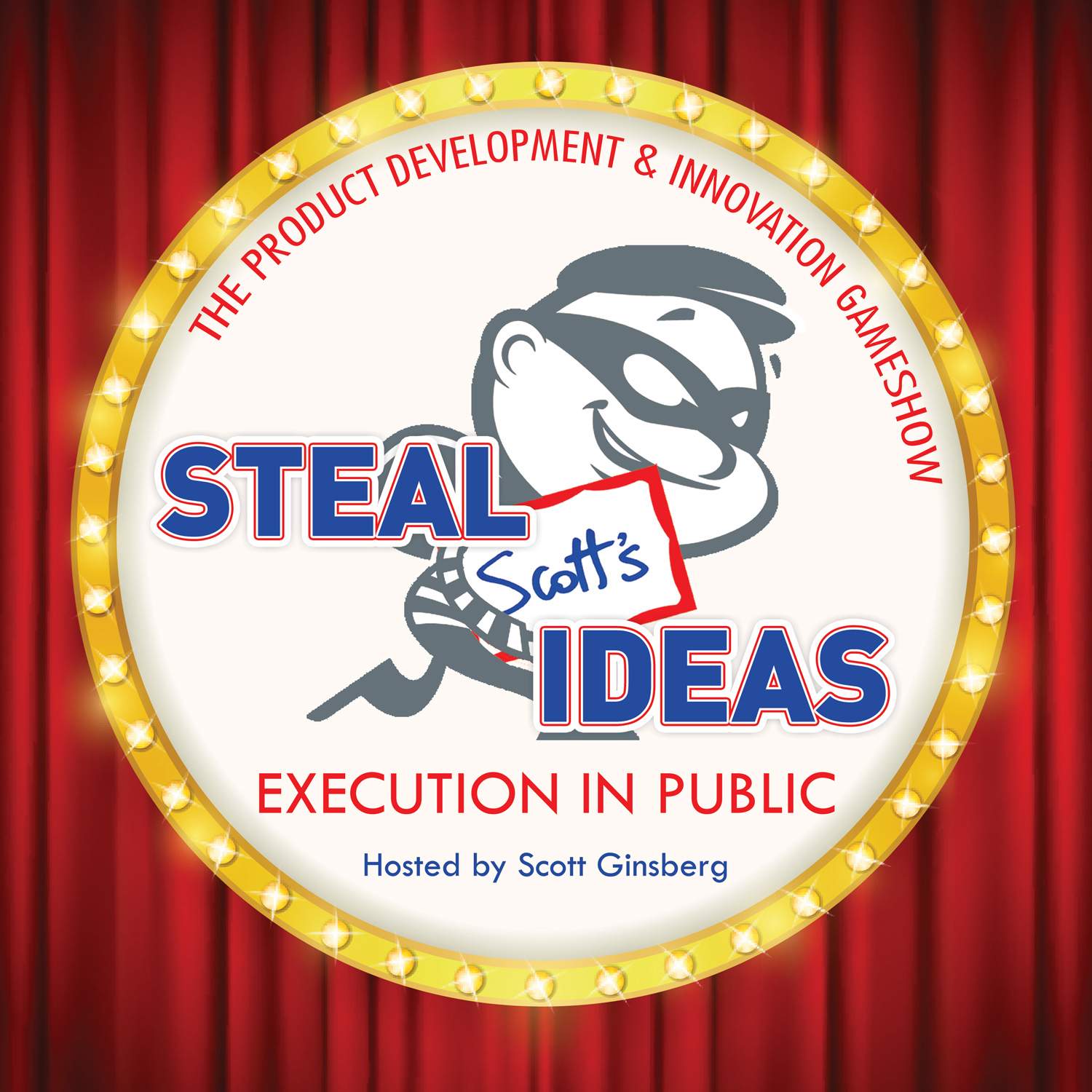 It’s the world’s first, best and only product development and innovation gameshow!
It’s the world’s first, best and only product development and innovation gameshow!
Tune in and subscribe for a little execution in public.
Join our community of innovators, artists and entrepreneurs.
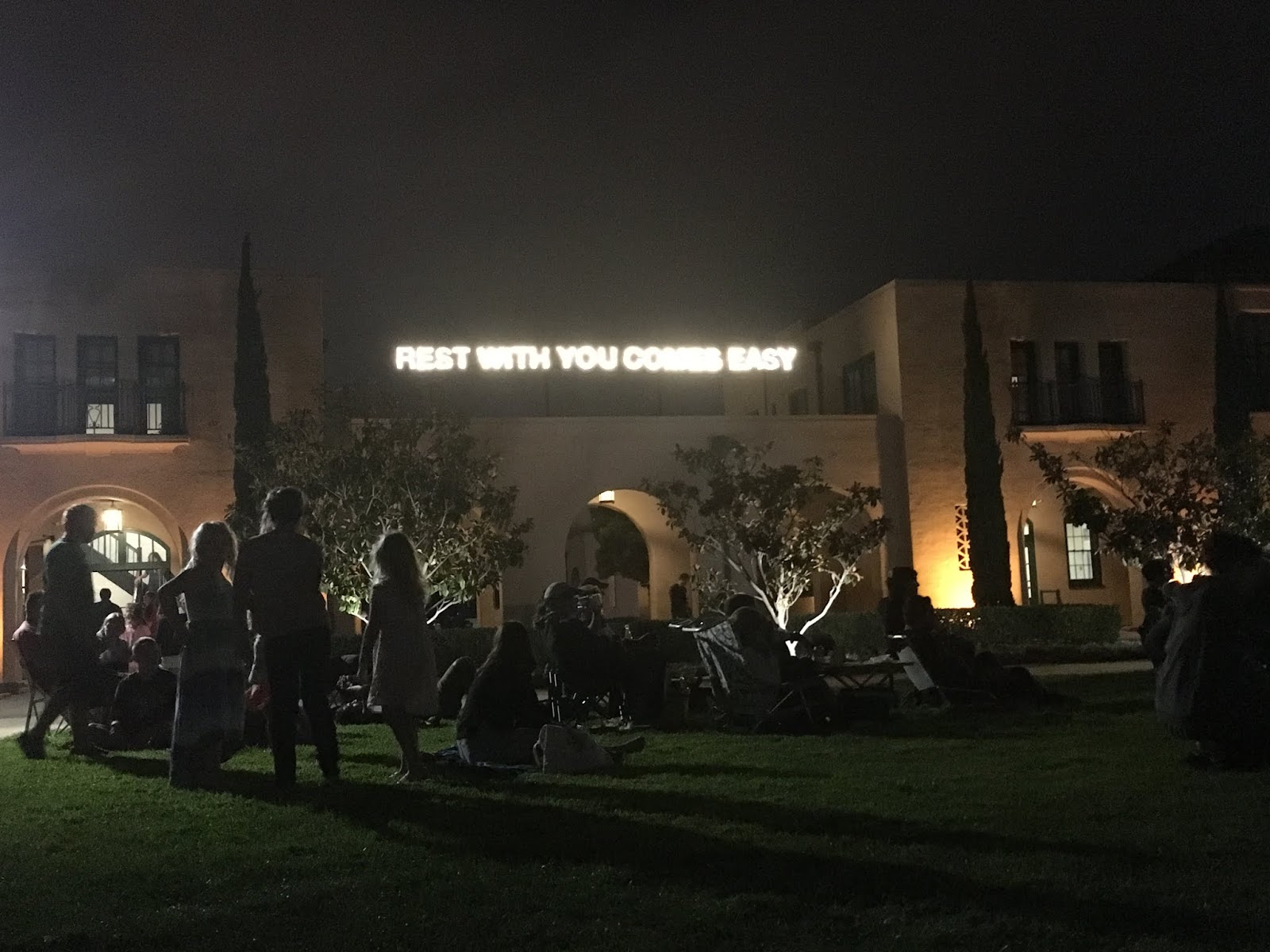
 It’s the world’s first, best and only product development and innovation gameshow!
It’s the world’s first, best and only product development and innovation gameshow!
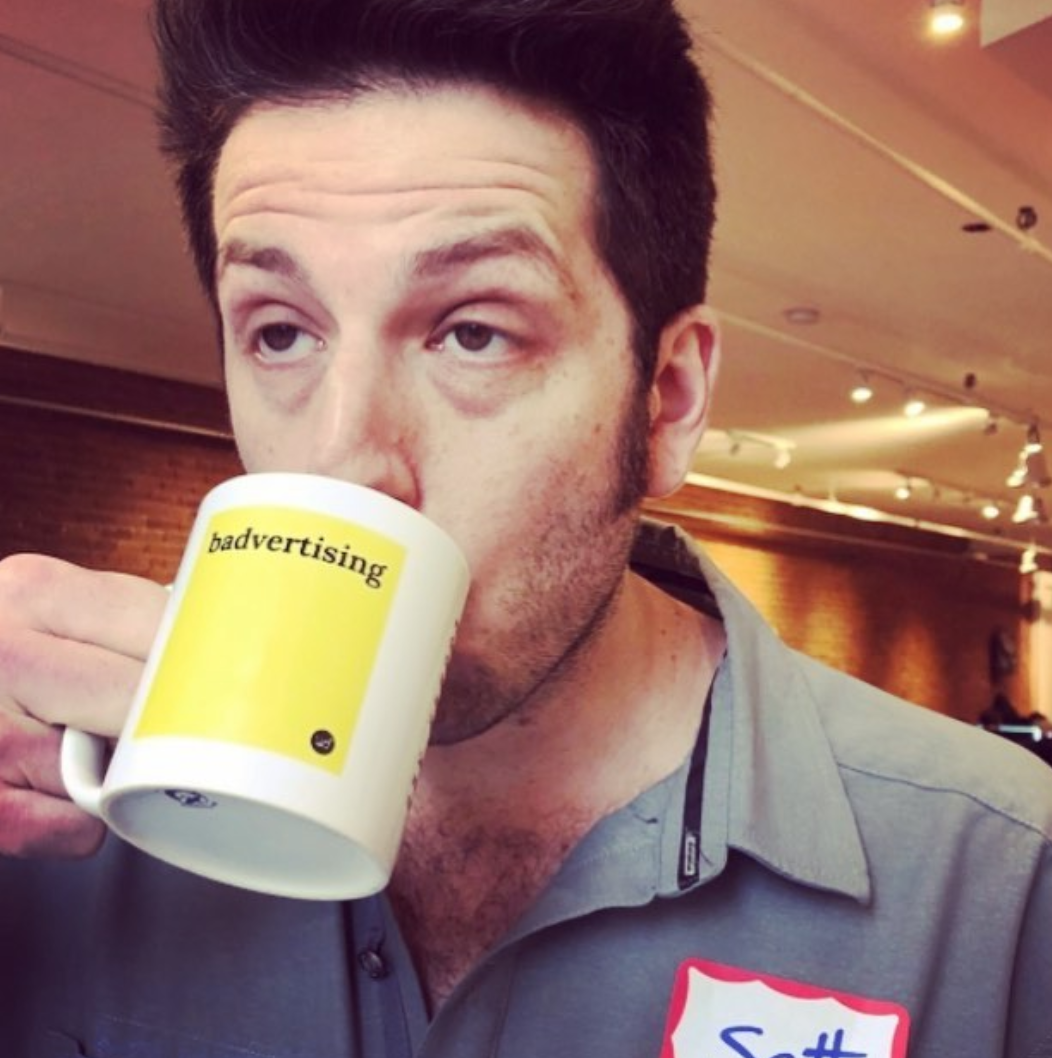
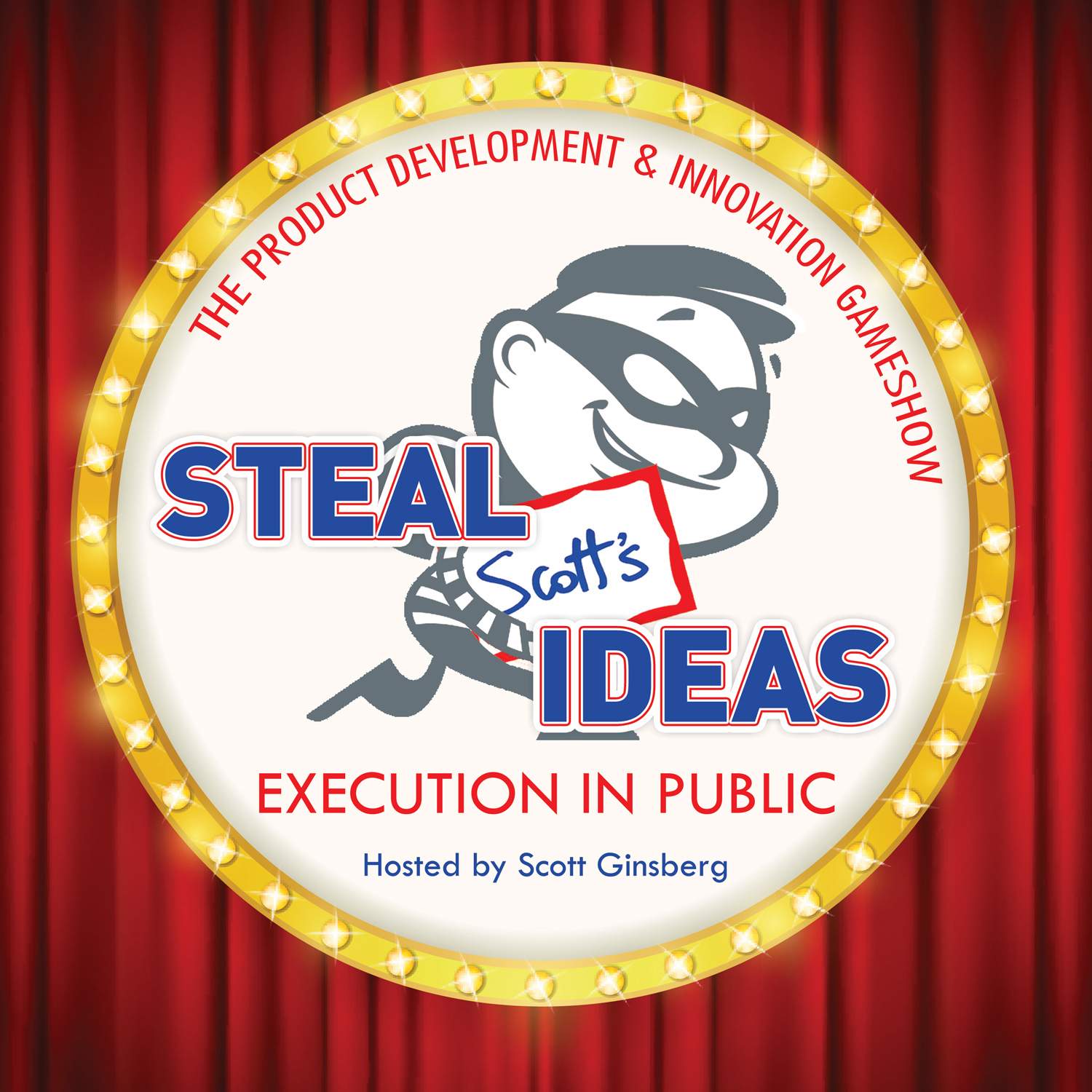 It’s the world’s first, best and only product development and innovation gameshow!
It’s the world’s first, best and only product development and innovation gameshow!
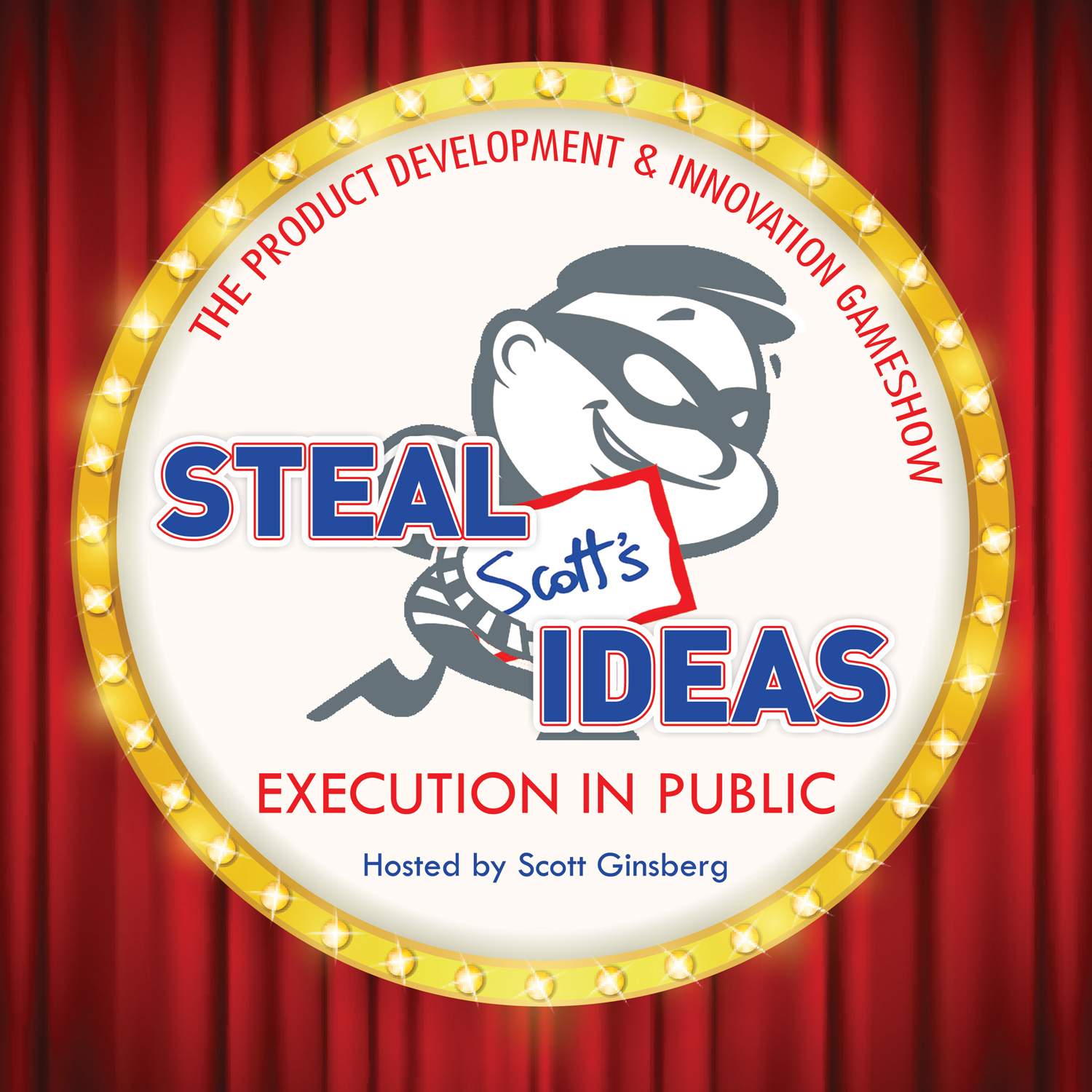 It’s the world’s first, best and only product development and innovation gameshow!
It’s the world’s first, best and only product development and innovation gameshow!

 It’s the world’s first, best and only product development and innovation gameshow!
It’s the world’s first, best and only product development and innovation gameshow!
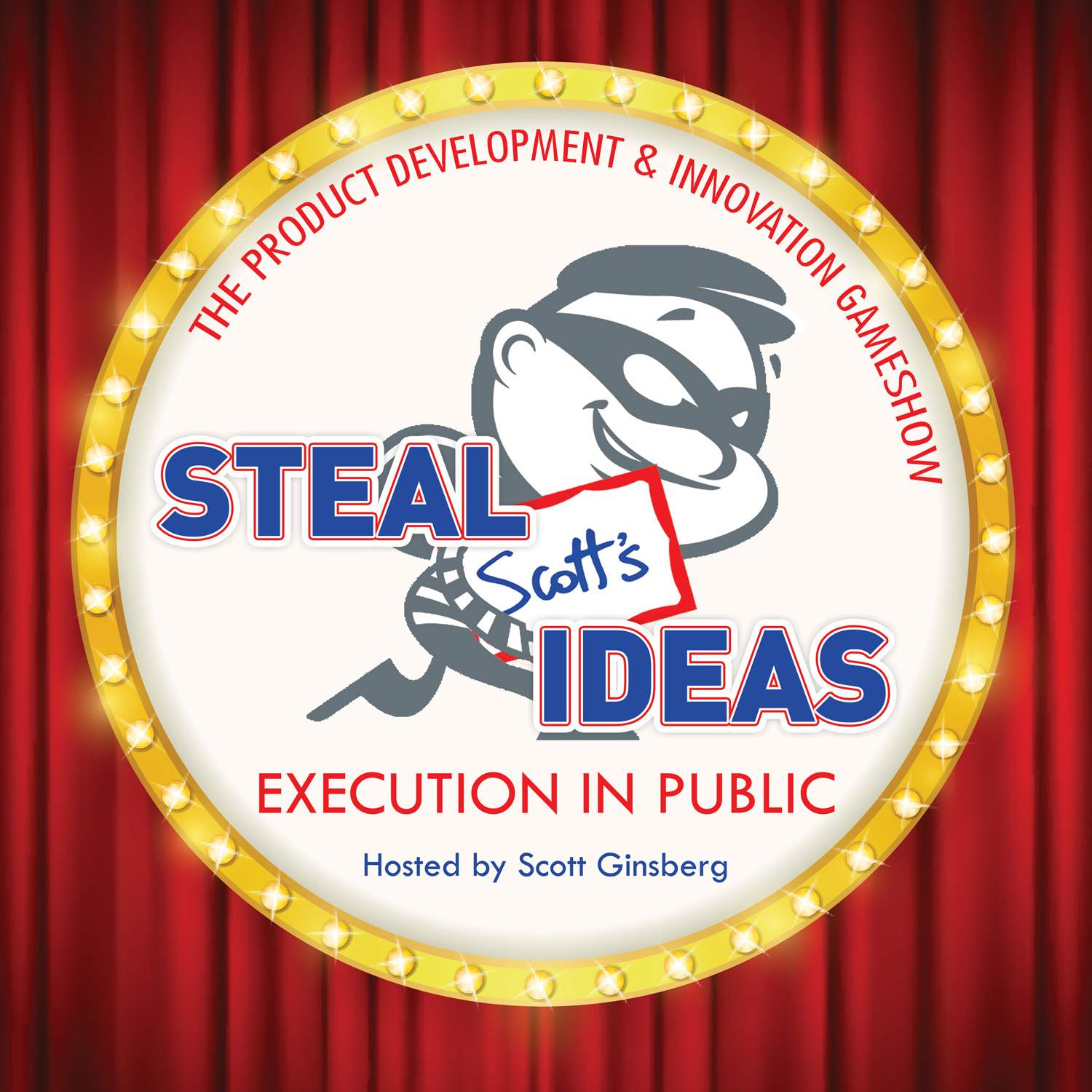 It’s the world’s first, best and only product development and innovation gameshow!
It’s the world’s first, best and only product development and innovation gameshow!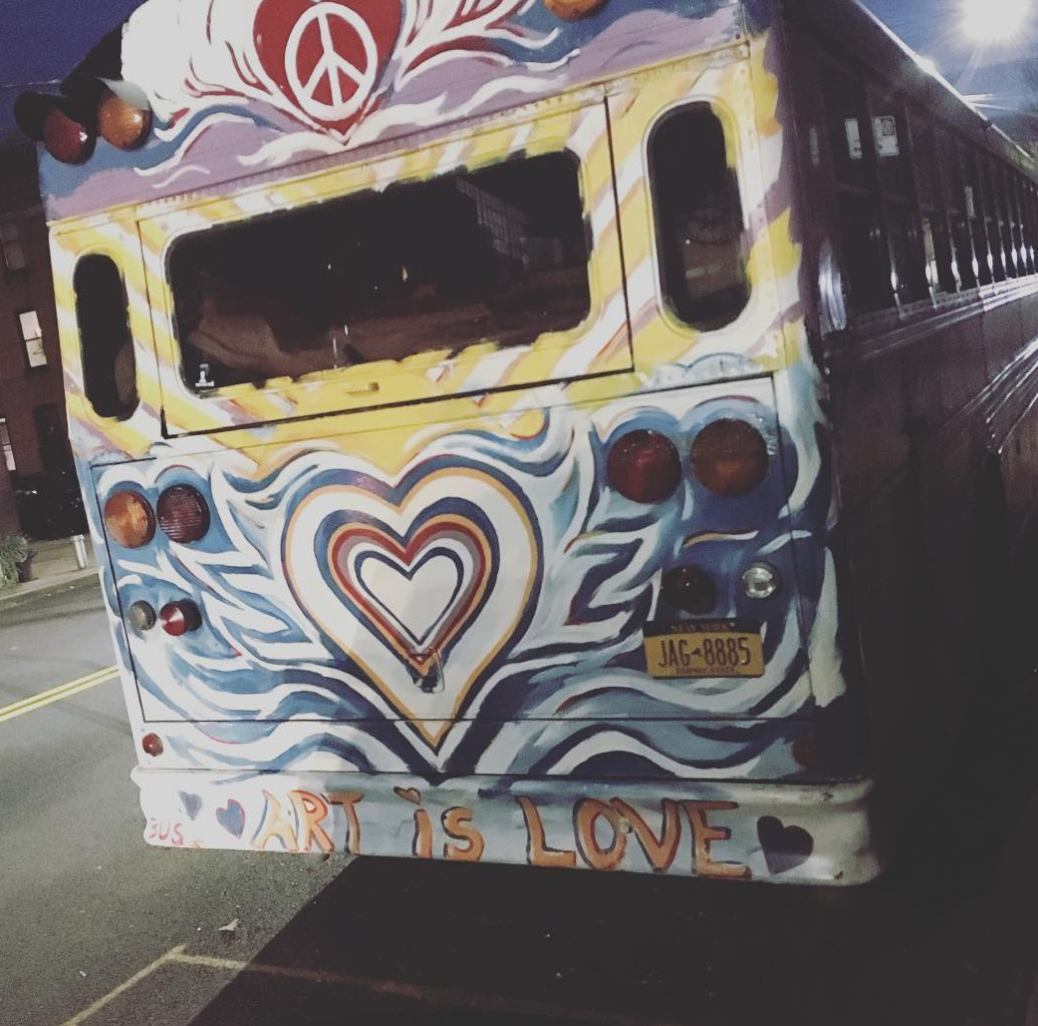
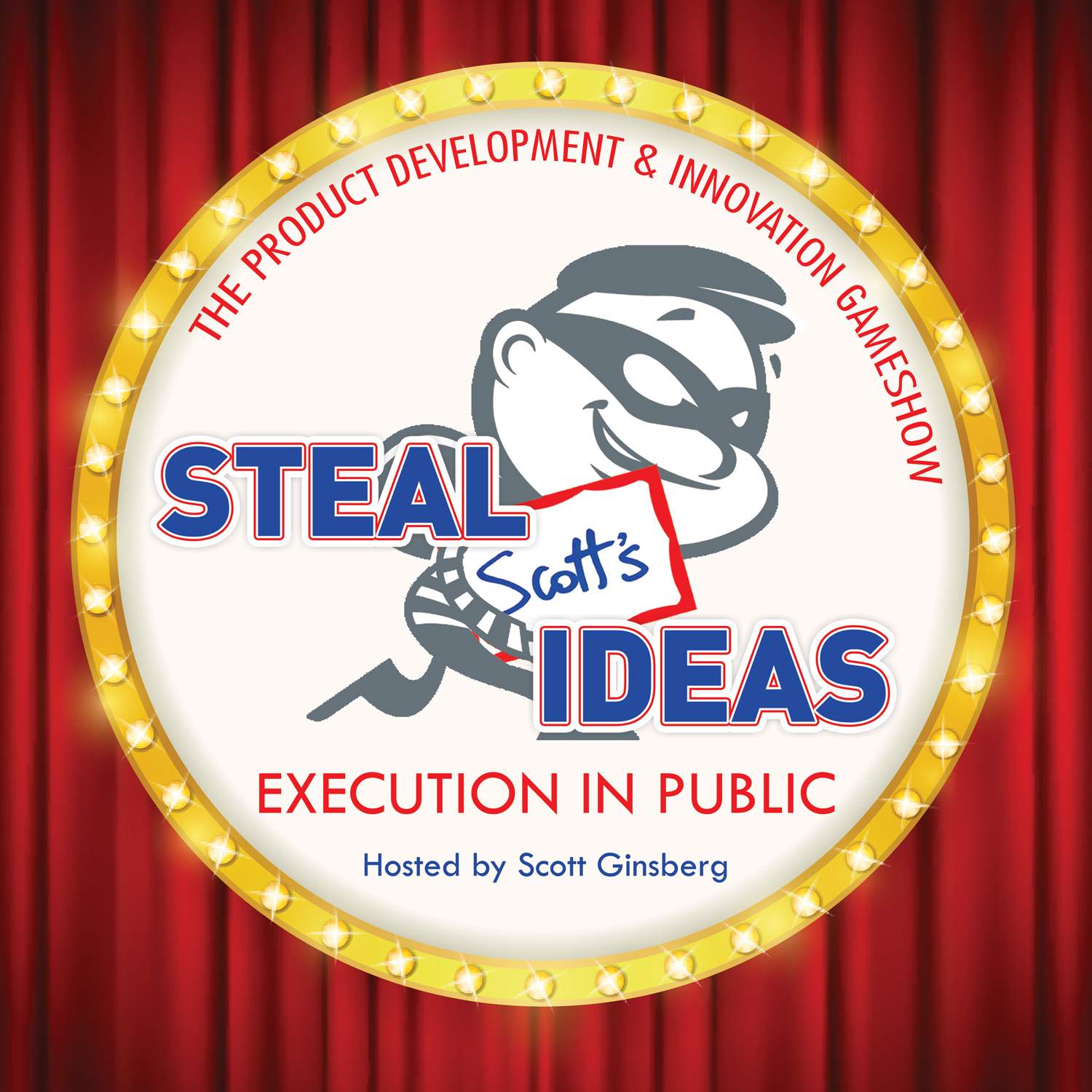 It’s the world’s first, best and only product development and innovation gameshow!
It’s the world’s first, best and only product development and innovation gameshow!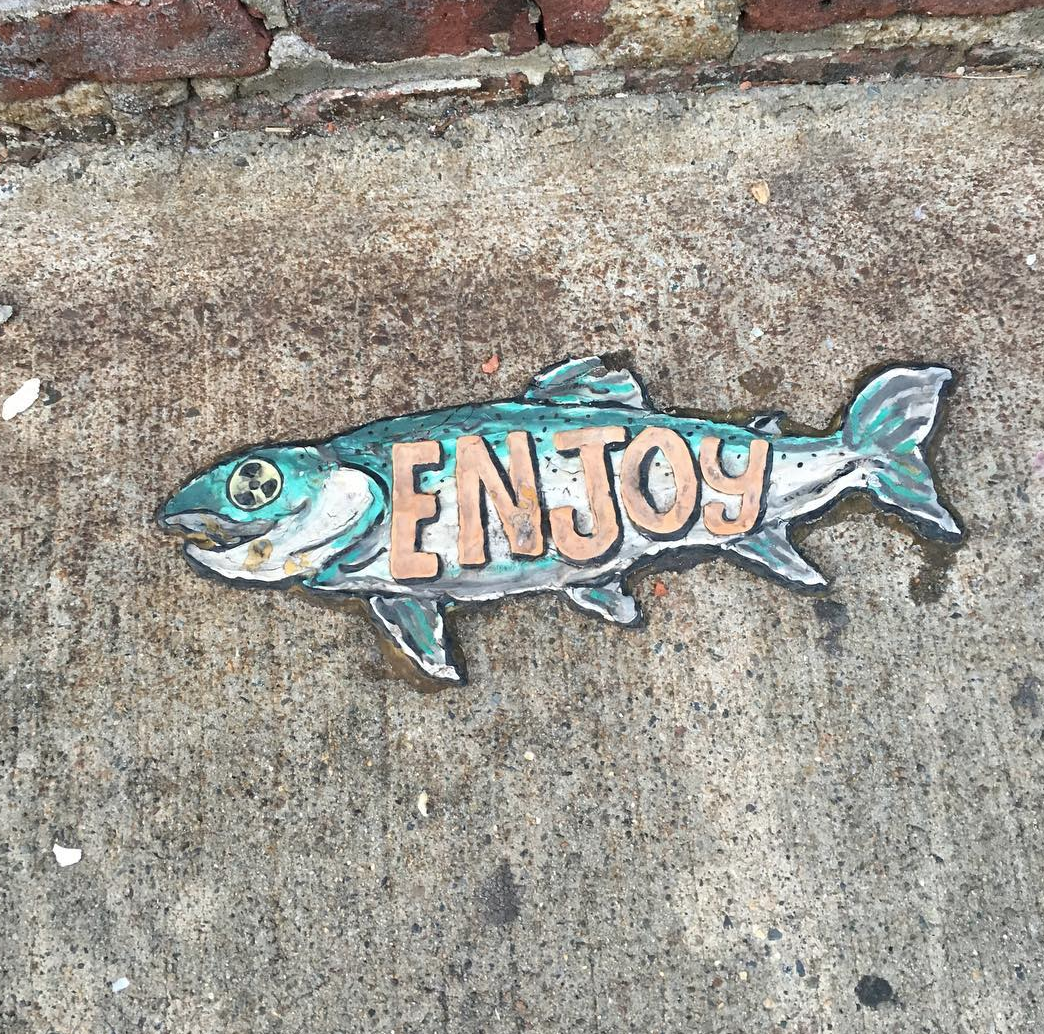
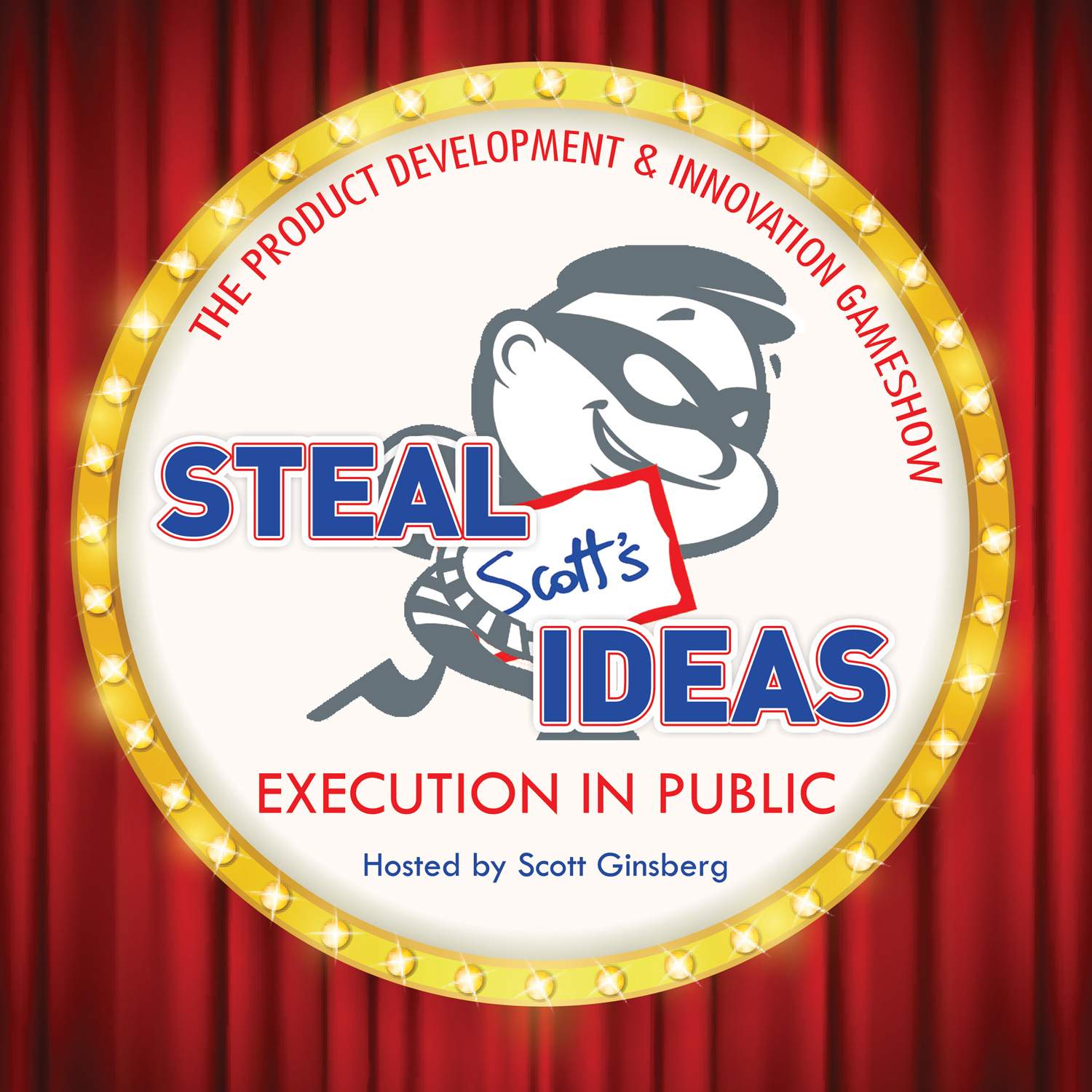 It’s the world’s first, best and only product development and innovation gameshow!
It’s the world’s first, best and only product development and innovation gameshow!
 It’s the world’s first, best and only product development and innovation gameshow!
It’s the world’s first, best and only product development and innovation gameshow!
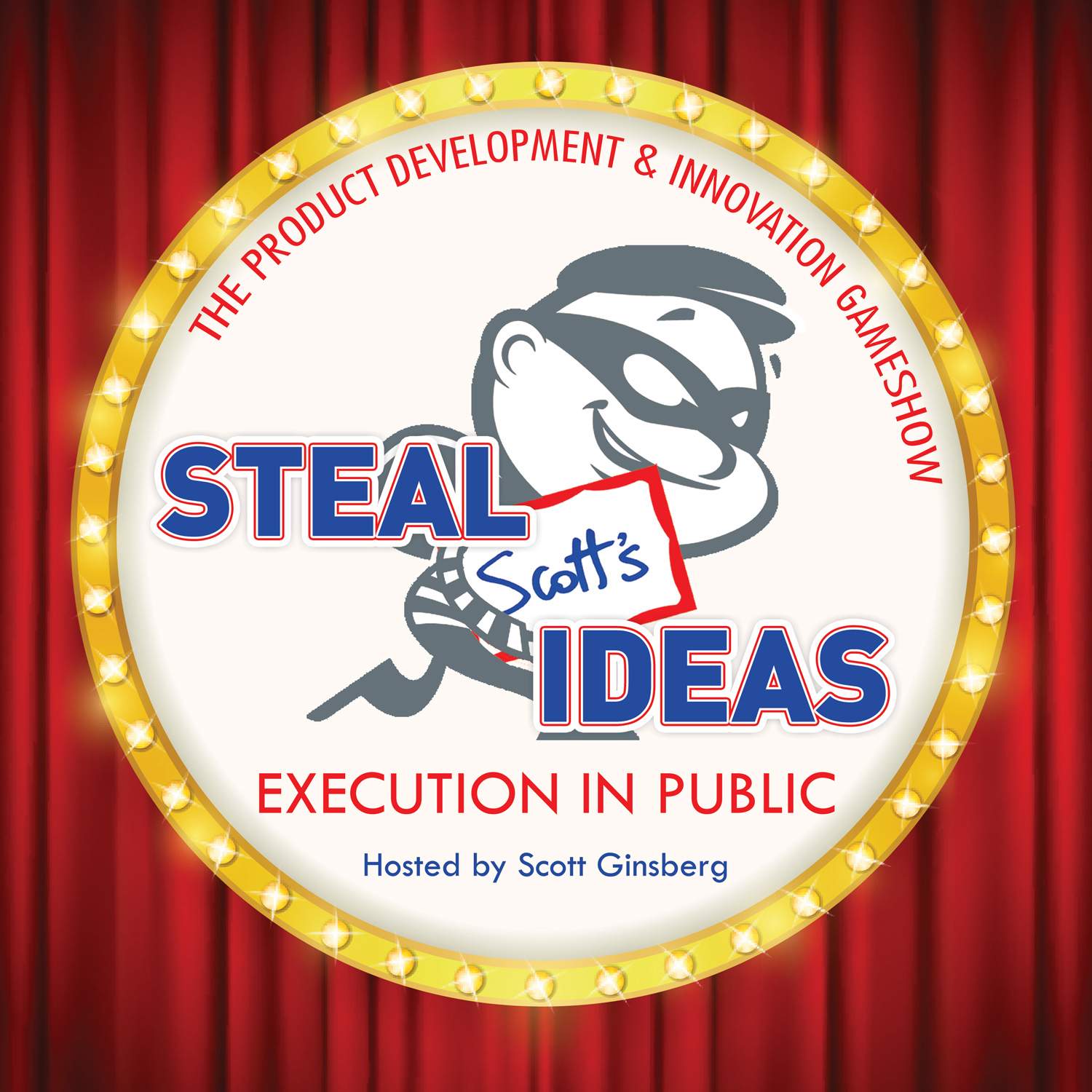 It’s the world’s first, best and only product development and innovation gameshow!
It’s the world’s first, best and only product development and innovation gameshow!
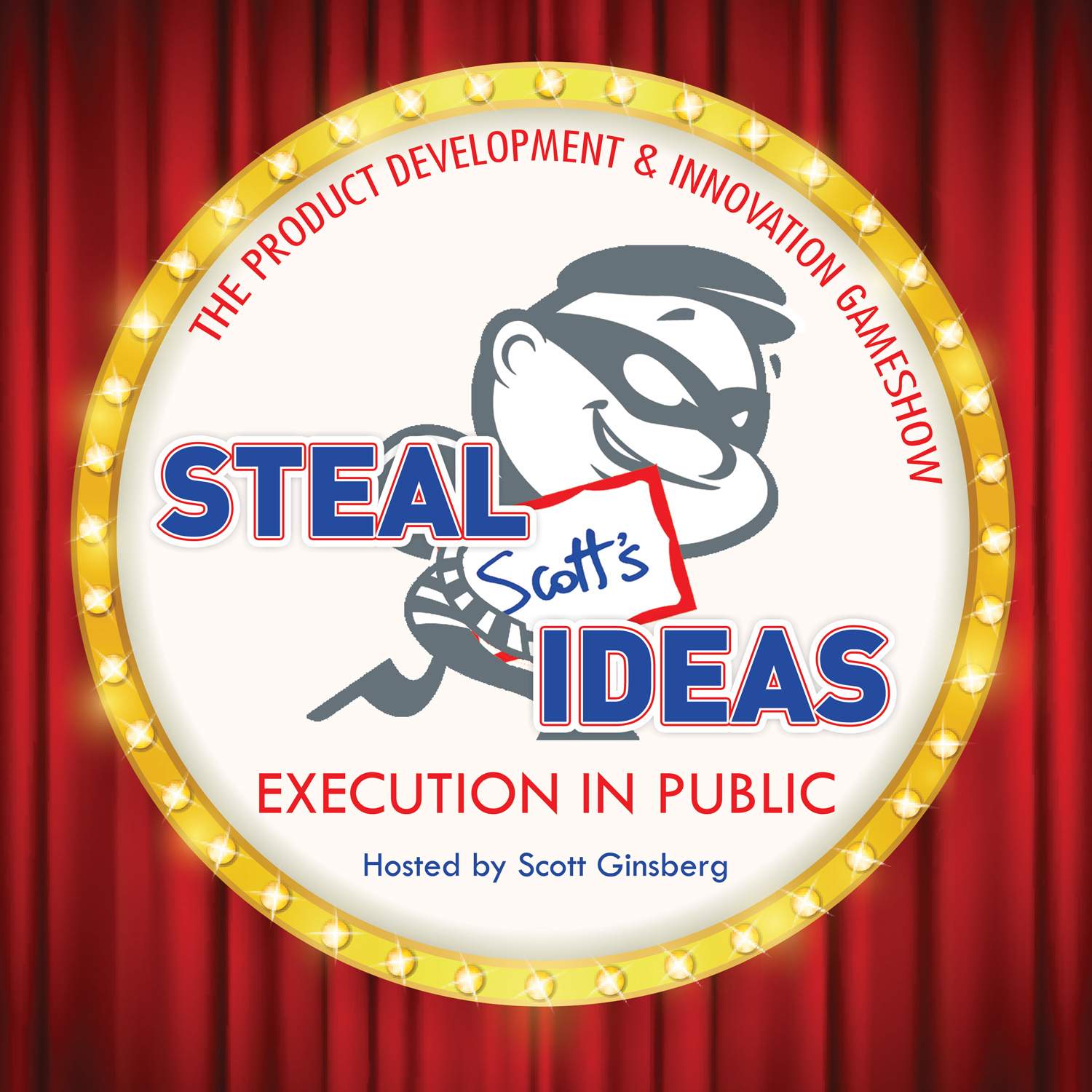 It’s the world’s first, best and only product development and innovation gameshow!
It’s the world’s first, best and only product development and innovation gameshow!